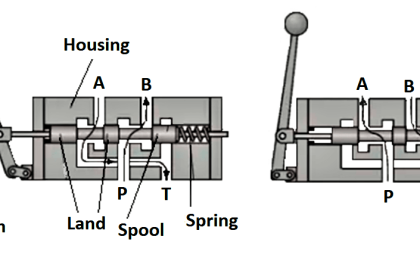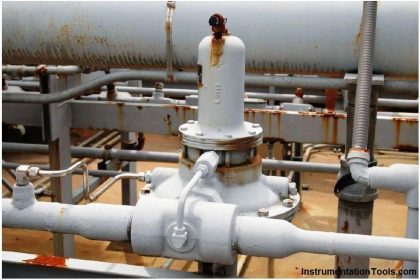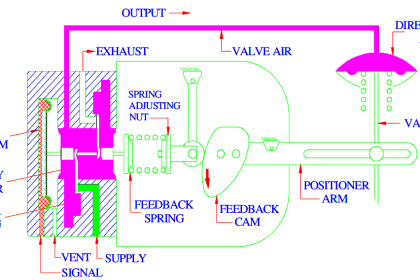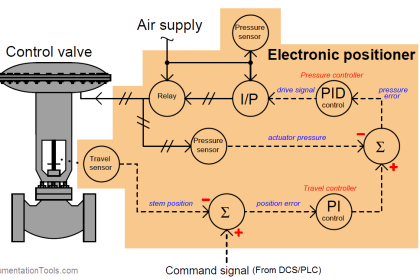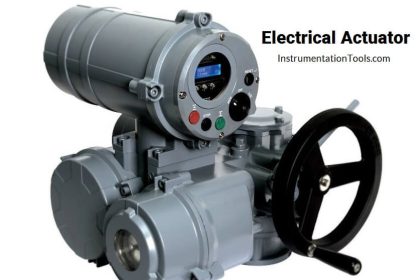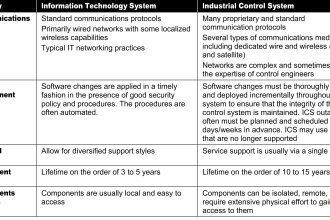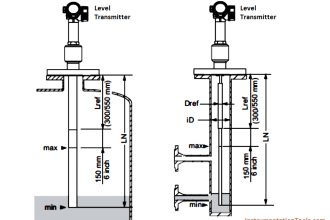Gate valves and globe valves are two types of valves commonly used in various systems to control the flow of fluids or gases. They serve different purposes and have distinct structures and mechanisms.
Comparison of Gate Valves and Globe Valves
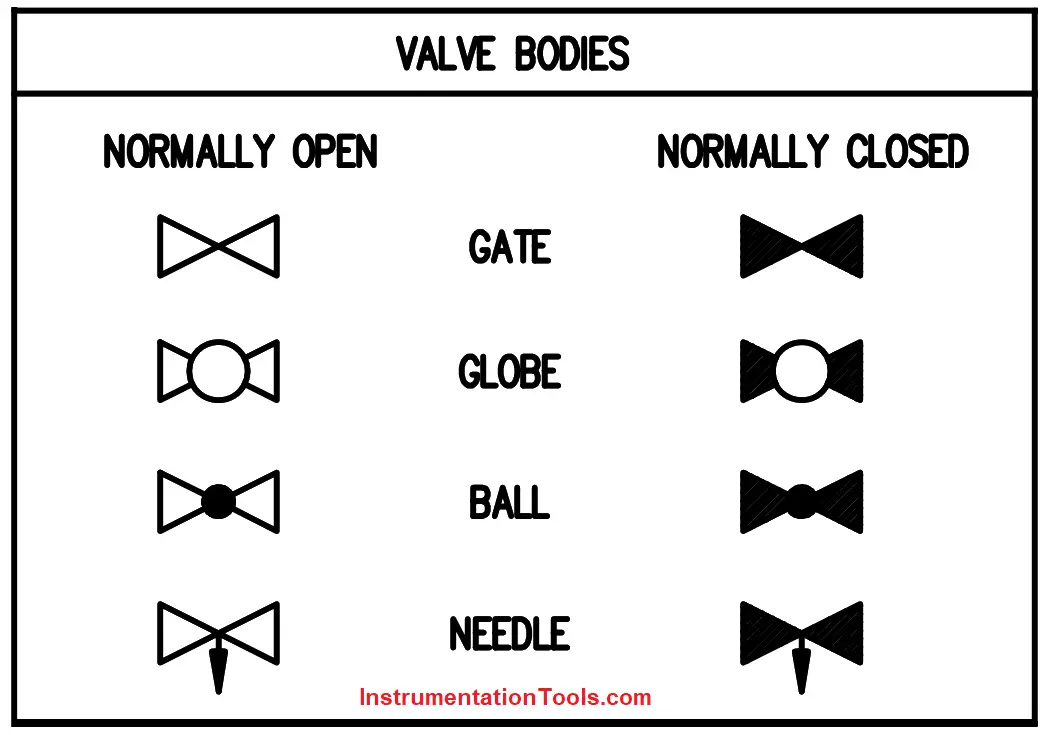
Each valve has its unique features, and the selection between the two should depend on the specific needs of the system. It’s crucial to evaluate the system requirements before making a decision.
| Details | Gate Valves | Globe Valves |
|---|---|---|
| Design | Simple design with a gate or wedge that moves up and down. Straight flow path. | Complex design with a disc that moves up and down. Bent flow path (Z or S shape). |
| Operation | Used as isolation valves. Ideal for stopping or allowing full flow. Not suitable for flow control or throttling. | Used for regulating or throttling flow as well as for on/off service. Not ideal for minimal pressure drop requirements. |
| Maintenance | Less maintenance due to fewer moving parts. However, may not seal as effectively after prolonged use. | More maintenance due to more moving parts. Better sealing capabilities and less leakage. |
| Pressure Loss | Minimal pressure loss when fully open. Ideal for applications where pressure maintenance is crucial. | Significant pressure loss due to bent flow path. More precise flow control. |
| Cost | Generally less expensive due to simpler design and less maintenance. | More expensive due to complex design, versatility, and precise flow control capabilities. |
| Applications | Primarily used for on/off control, with low-pressure drop and high flow capacity. | Ideal for cooling water systems, fuel oil systems, and the power, marine, and irrigation industries. |
| Size | Compact and lighter than globe valves, suitable for systems where space is at a premium. | Bulkier and heavier due to complex structure. Less optimal for systems where size and weight matter. |
| Speed | Slower to open and close due to the movement of the gate. | Faster to open and close due to the smaller travel distance of the disc or plug. |
| Installation Orientation | Can be installed in any orientation. | Requires correct installation orientation as indicated by the arrow on the valve body. |
| Visual Indication | Do not provide a clear visual indication of whether they are open or closed. | Often provide a better visual indication of their status. |
| Sealing | Good sealing capabilities, but prolonged use can lead to leaks. | Superior sealing capabilities with less leakage. |
| Cavitation and Flashing | More susceptible to cavitation and flashing when partially opened. | Better management of cavitation and flashing due to design. |
| Repairability | Easy to repair, but the gate or seat rings may need replacement if damaged. | More complex to repair, but designed to allow replacement of internal components. |
| Wear and Tear | Subject to wear due to friction between the gate and seats. | Experience wear, particularly in the seating area due to throttling action. |
| Pressure Systems | Often used in high-pressure systems. | Typically used in lower-pressure systems. |
| Energy Efficiency | More energy-efficient due to straight-through flow design. | Less energy-efficient due to pressure drop, but precise flow control can offset this. |
| Advantages | Minimal pressure drop, simplicity in design, bidirectional, and less prone to failure. | Excellent throttling capabilities, tight sealing, and suitable for high-pressure systems. |
| Disadvantages | Not suitable for throttling, can suffer from vibration or noise when not fully opened or closed, and slow operation. | Higher pressure drop, increased maintenance costs, and not suitable for particulate-containing media. |
| Purpose | Primarily used for on/off control, with low-pressure drop and high flow capacity. | Used for flow regulation, frequent operation, and positive shut-off when closed. |
Design
Gate valves are designed with a gate or wedge that moves up and down (vertically) to control the flow of fluid. They have a straight flow path, allowing for very little resistance or pressure drop across the valve.
Globe valves, on the other hand, have a disc that moves up and down (also vertically) against the flow. Unlike gate valves, the flow path in globe valves is not straight; it changes direction, usually in a Z or S shape. This design causes more resistance and pressure drop.
Operation
Gate valves are mainly isolation valves, intended to either fully allow (open) or completely stop (close) flow. Gate valves are not well-suited for throttling or flow regulation because the high velocity of flow against a partially open gate can cause vibration, noise, and damage to the gate or seating surface.
Globe valves are designed for regulating or throttling flow, as well as for on/off service. They are better suited for these applications because of their disc design, which can sustain the erosive effects of fluid flow.
Maintenance
Gate valves have few moving parts and are thus typically more durable and require less maintenance than globe valves. However, they may not seal as effectively after prolonged use, which can lead to leaks.
Globe valves, due to their more complex design and additional moving parts, generally require more maintenance. But they tend to offer better sealing capabilities and less leakage than gate valves.
Pressure Loss
Due to their straight flow path, gate valves cause minimal pressure loss when fully open. This feature makes them suitable for applications where pressure maintenance is crucial.
Globe valves, due to their bent flow path, can cause significant pressure loss. However, this characteristic also allows for more precise flow control.
Cost
Gate valves, being simpler in design and requiring less maintenance, are generally less expensive than globe valves. However, the cost may increase if you choose models with specific materials or special features.
Globe valves are typically more expensive due to their complex design, versatility, and precise flow control capabilities.
Applications
Gate Valves are used when the need is for an on/off type valve, where flow control isn’t necessary. This makes them well-suited to applications such as in the oil and gas industry, the pharmaceutical industry, and the food and beverage industry.
Globe Valves are used in applications where flow needs to be adjusted regularly or where a leak-tight shut-off is required. They are commonly used in cooling water systems, fuel oil systems, and in the power, marine, and irrigation industries.
Size
Due to their simpler design, gate valves are often more compact and lighter than globe valves, making them suitable for large pipe diameters and systems where space is at a premium.
Globe Valves are generally bulkier and heavier than gate valves due to their more complex structure. This can make them a less optimal choice for systems where size and weight are significant considerations.
Speed
Gate valves take longer to open and close because the gate must be lifted or lowered into position, making them a slower choice.
Globe valves can open and close more quickly due to the smaller travel distance of the disc or plug, making them a faster choice.
Installation
Gate valves can be installed in any orientation in the piping system. The flow direction is not typically a factor for the function of the valve.
The installation of globe valves requires more consideration due to their internal design. They typically have an “arrow” on the valve body to indicate the recommended direction of flow. Installing them in the wrong direction can reduce their effectiveness and potentially cause damage.
Visual Indication
Gate valves do not provide a clear visual indication of whether they are open or closed. This is because the gate moves up and down within the body of the valve and is usually not visible from the outside.
Globe valves often provide a better visual indication of their status. The position of the handwheel or actuator often correlates to the position of the disc inside, which can provide a rough indication of whether the valve is open, closed, or somewhere in between.
Sealing
Gate valves have a good sealing surface and can typically achieve a tight seal when closed. However, prolonged use or debris within the flow can cause wear and leakage over time.
Globe valves are generally recognized for superior sealing. The disc can fully contact the sealing surface, creating a better seal, which makes them an excellent choice when leakage must be minimized.
Cavitation and Flashing
Gate valves can be more susceptible to cavitation and flashing (phenomena that occur due to rapid changes in fluid pressure), especially when partially opened. This can lead to damage over time.
The design of globe valves allows for better management of these phenomena. Their capability to control flow rate and pressure drop can help minimize the risk of cavitation and flashing.
Repairability
Due to their simple design, gate valves are generally easy to repair. However, if the gate or seat rings are damaged, they may need to be replaced entirely.
Repairs on globe valves can be more complex due to their intricate design. However, they are typically designed to allow for the replacement of internal components, which can extend the lifespan of the valve.
Wear and Tear
Gate valves are subject to wear and tear due to the friction between the gate and the seats when the valve is opened and closed. This can lead to the eventual need for replacement parts or repair work.
Globe valves also experience wear, particularly in the seating area due to the throttling action. However, the seats and disks in many globe valves can be replaced, extending the valve’s life.
Pressure Systems
Gate valves are often used in systems where high-pressure fluid must be controlled. They are designed to withstand high pressure when open or closed.
Globe valves are typically used in lower-pressure systems. While they can handle high pressure, the bent flow path can cause pressure drops, making them less efficient in high-pressure environments.
Energy Efficiency
Gate valves are generally more energy-efficient due to their straight-through flow design. They don’t cause significant pressure drop when fully open, which can be a critical factor in systems where energy efficiency is paramount.
Due to their design, globe valves cause some level of pressure drop even when fully open, which could lead to increased energy consumption in the system. However, their ability to control the flow precisely can offset this inefficiency in applications where flow control is more critical than energy efficiency.
Applications
Gate Valves are widely used in applications where an uninterrupted, full flow of fluid is required with minimal pressure drop. They are commonly used in large-diameter pipelines in industries such as oil & gas, water & sewage treatment, and power plants.
Globe Valves are ideal for applications requiring precise flow control and regulation. They are commonly used in smaller-diameter pipelines in industries like chemical and pharmaceutical manufacturing, food and beverage production, and HVAC systems.
Advantages
Gate Valves:
- Provide a straight-line flow of fluid with minimal pressure drop.
- Less likely to experience leaks or valve seat leakage due to the robust seating design.
- Generally, they are easier and less expensive to maintain due to their simple design.
Globe Valves:
- Better for throttling applications due to the disc design that can be partially opened or closed.
- Superior sealing capabilities, reducing the risk of leakage.
- Generally, they are more durable under repeated cycles of operation.
Disadvantages
Gate Valves:
- Not suitable for throttling applications, as partial opening can cause vibration and potential damage.
- Depending on the material and application, they may be more susceptible to corrosion or erosion.
- Can be slower to open and close due to the vertical movement of the gate.
Globe Valves:
- This causes more pressure drop in the system due to the change in the flow direction.
- A more complex design can lead to higher initial costs and more maintenance needs.
- Not as effective for larger diameter pipes as gate valves.
Purpose
Gate Valve’s primary purpose is for on/off control of flow in systems where the minimal pressure loss is desired and flow control is not required. They serve best in situations where the valve either remains fully open or fully closed.
Globe Valves primary purpose is to regulate or throttle flow in a system. They are ideal for applications where precise control of flow is required, along with the ability to shut off the flow when needed.
Conclusion
The choice between a gate and a globe valve will greatly depend on your specific application and requirements.
If you liked this article, then please subscribe to our YouTube Channel for Instrumentation, Electrical, PLC, and SCADA video tutorials.
You can also follow us on Facebook and Twitter to receive daily updates.
Read Next:
- Quick Exhaust Valves
- On-Off Valve Problems
- What is a Fail-Close Valve?
- Solenoid and Motorized Valves
- Pneumatic Training Course PDF
